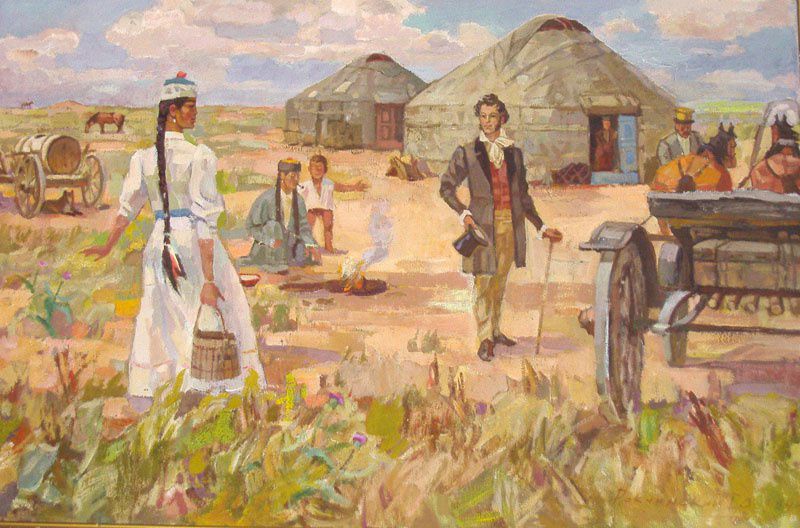The flourishing of Buddhism in these lands falls on the reign of Kanishka. Kanishka was the ruler of the Kushan Empire, who erected several large Buddhist temples.
Several holy relics of the time have survived to this day. The most important ones are located in Dalverzintepa city, which existed until the 3rd century. A Buddhist temple and several Buddha statues were found there. In another city called Ayratam, there was a temple and monastery, the facade of which was decorated with Buddhist sculptures.
Buddhism greatly affected the formation of Ancient Termez. There are many versions of how religion has penetrated this region. The other historical centres of Buddhist culture in Uzbekistan are in Karatepa, Fayaz-Tepa, Kampyrtepa.
Incidentally, in 2004, the 16th forum of the Uzbekistan-Japanese Centre for Human Resource Development was held in Tashkent. It was dedicated to "The history of discovery of ancient Buddhist shrines on the territory of Uzbekistan". As is known, there are six major ancient Buddhist shrines of the ancient period have been discovered in Uzbekistan so far. Archaeologists came up with statues of Buddha and Bodhisattvas, slabs with inscriptions, and fragments of sculptures. The history of these archaeological discoveries is incredibly interesting. We will definitely tell you about this next time.
Ancient Buddhists’ treasures were discovered in the Surkhandaria valley that is located in Uzbekistan and partly in neighboring Tajikistan. Buddhism in these places developed under the influence of the northern parts of India (currently, the Valley of Peshawar in Pakistan), which is better known as Gandhara. Long ago, sages from the north of India introduced Buddhist teachings there.
But later, with the arrival of the Arabs and the spread of Islam, Buddhism in Uzbekistan managed to survive only in the southern areas. Even today, there live families whose ancestors accepted Buddhism in Surkhandaria region many centuries ago.
The number of Buddhists in modern Uzbekistan has increased due to emigrants from the Far East, who arrived there in the middle of the 20th century. Prior to Uzbekistan's independence, the Buddhist temple could not be officially registered there. Only since 1991, when the law on freedom of religion was passed, Buddhists of Uzbekistan had the opportunity to visit their temple.
 Kirsan Ilyumzhinov, who recently visited Tashkent, came to kirsan.today editorial office to speak about how they the respect and value Buddhism in Uzbekistan.
Kirsan Ilyumzhinov, who recently visited Tashkent, came to kirsan.today editorial office to speak about how they the respect and value Buddhism in Uzbekistan.






















